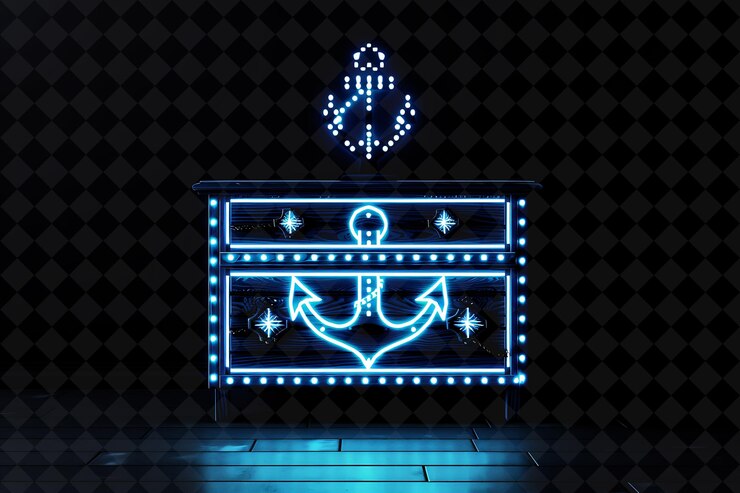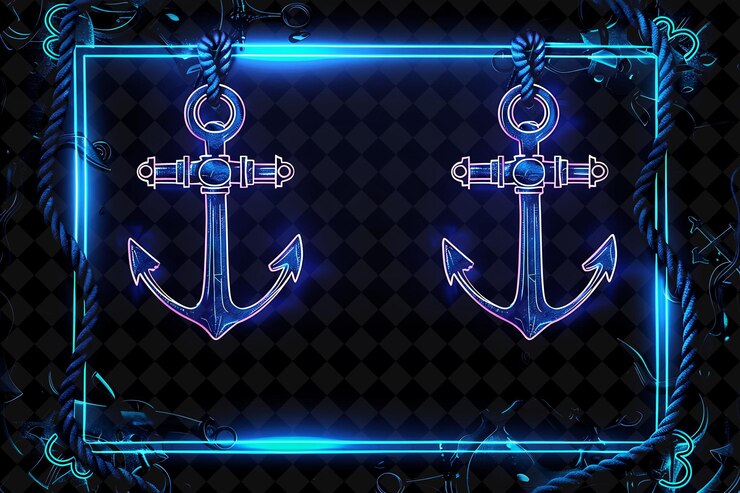PrimeVue, a main UI system for Vue.js, offers a broad arrangement of parts for building present day web applications. Among its various highlights, the “Anchor Board” part stands apart as an indispensable instrument for designers hoping to make instinctive and very much organized UIs. In this article, we’ll plunge profound into the Anchor Panel PrimeVue, making sense of its use, benefits, and different ways of upgrading your advancement work process with it.
What is PrimeVue?

Before getting into the details of the Anchor Panel PrimeVue, it’s crucial to understand the framework that houses it. PrimeVue is a rich assortment of UI parts explicitly intended for Vue.js applications. Offering in excess of 90 parts, PrimeVue makes it simple for engineers to make responsive, quick, and profoundly adaptable web applications with Vue.js. PrimeVue centers around designer efficiency by giving pre-assembled parts that can be effortlessly incorporated into any venture.
Overview of the Anchor Panel in PrimeVue
The term Anchor Panel PrimeVue typically refers to a navigational or toggleable UI element that can be linked or anchored to other sections of a web page. It serves as an expandable and collapsible panel that allows users to access hidden content, manage settings, or navigate to different parts of the application. By providing anchor functionality, developers can streamline the user experience by hiding non-essential information while keeping it accessible when needed.
Anchor Panel PrimeVue are used in a variety of situations, such as side navigation menus, setting panels, or collapsible content sections, where users can expand or collapse the panel for a more interactive UI.
Key Features of the Anchor Panel in PrimeVue
- Collapsible Functionality: The anchor board is intended to be folding, permitting clients to flip substance perceivability. This component is great for keeping the UI spotless and cleaned up, particularly when the page contains a lot of data or various segments that aren’t required at the same time.
- Anchor Points: You can secure the board to explicit areas or areas on the site page, improving the navigational experience. For example, you could create an Anchor Panel PrimeVue on the side of the page that expands when needed but stays minimized otherwise. Anchoring ensures the panel remains in a fixed position, accessible to the user regardless of how much they scroll down the page.
- Customizable Appearance: The Anchor Panel PrimeVue is highly customizable. From its size, variety, and subject to symbols and liveliness, you can tailor the look and feel of the anchor board to fit flawlessly into your application’s plan. This guarantees that the board works well as well as lines up with the by and large visual character of your item.
- Responsive Design: Like most parts in PrimeVue, the anchor board is designed to be responsive. It consequently changes in light of screen size, making it reasonable for portable and work area clients the same. This is especially valuable for applications that focus on a wide assortment of gadgets, guaranteeing a predictable client experience across stages.
- Accessibility Support: The anchor board is worked considering availability. It upholds ARIA credits and is viable with screen perusers, making it simple to use for people with incapacities. PrimeVue’s emphasis on openness guarantees that your application can take special care of a more extensive crowd while sticking to best practices.
How to Implement the Anchor Panel in PrimeVue
Since you have a superior comprehension of the anchor board’s usefulness, we should stroll through an illustration of how to carry out it in a PrimeVue project.
Step 1: Installing PrimeVue
If you haven’t already installed PrimeVue in your project, you can do so with the following command:
npm install primevue --save
npm install primeicons --saveYou’ll likewise have to bring PrimeVue and its parts into your Vue project. In your main.js or main.ts record, add the accompanying:
import { createApp } from 'vue';
import PrimeVue from 'primevue/config';
import Panel from 'primevue/panel';
const app = createApp(App);
app.use(PrimeVue);
app.component('Panel', Panel);
app.mount('#app');Step 2: Adding the Anchor Panel
Here is a basic example of an anchor panel in PrimeVue:
<template>
<div>
<Panel header="Anchor Panel Example" :toggleable="true" collapsed="true">
<p>This is the content inside the anchor panel. You can expand or collapse it as needed.</p>
</Panel>
</div>
</template>
<script>
export default {
data() {
return {};
}
};
</script>In this example, the Panel component from PrimeVue is used to create a collapsible section. The toggleable attribute makes the panel collapsible, and collapsed defines its initial state. This can be expanded to include more complex interactions, such as anchoring it to specific page elements or adding animations.
Step 3: Customizing the Anchor Panel
PrimeVue offers multiple ways to customize the appearance and behavior of your Anchor Panel PrimeVue. For instance, you can adjust its styling using CSS or PrimeVue’s built-in theming options:
<Panel header="Custom Anchor Panel" :toggleable="true" styleClass="custom-panel">
<p>Custom styled anchor panel content here.</p>
</Panel>
<style scoped>
.custom-panel {
background-color: #f8f9fa;
border: 2px solid #007bff;
padding: 20px;
}
</style>This example shows how to apply custom styles to the Anchor Panel PrimeVue. You can further extend the design by using PrimeIcons for icons, adjusting the animation speed, or making it more interactive with Vue.js events.
Real-World Use Cases for Anchor Panels in PrimeVue
Anchor Panel PrimeVue can be found in a wide variety of applications and UI designs. Some common use cases include:
- Dashboard Navigation: Anchor Panel PrimeVue can be used to create expandable side navigation menus for complex dashboards. Users can expand the menu to view options and collapse it to free up space.
- Settings and Preferences: In applications where users need to adjust settings or preferences, an Anchor Panel PrimeVue can be used to display these options without taking up too much space on the main interface. This ensures that users have quick access to configuration options when needed.
- Collapsible Forms: For applications with extensive forms, using an anchor panel allows developers to break the form into collapsible sections. This improves usability by reducing form fatigue and allowing users to focus on specific sections.
- Notifications and Alerts: Another use case involves displaying notifications or alerts in an Anchor Panel PrimeVue that can be toggled by the user. This way, important updates or messages can be hidden when they are not needed but remain accessible.
Benefits of Using Anchor Panels

- Improved User Experience: Anchor boards make it simple to oversee complex points of interaction by limiting substance that isn’t promptly essential, which helps keep the UI coordinated and less overpowering.
- Performance Optimization: By utilizing anchor boards to stack content on request, you can advance the presentation of your web application. Collapsed panels won’t require rendering until the user interacts with them, reducing the initial load time.
- Space-Saving: Anchor boards give a space-saving arrangement by concealing trivial UI components until the client chooses to extend them. This can be pivotal for applications where screen land is restricted, like on cell phones.
Conclusion
Anchor Panel PrimeVue offer a useful asset for engineers to make natural, easy to use, and effective web interfaces. Whether you’re planning an intricate application with numerous route focuses or just hoping to work on the style of your UI by concealing unimportant components, the anchor board is a flexible and important part. Its capacity to moor, breakdown, and switch settles on it a phenomenal decision for present day web applications that focus on client experience and execution. With its built-in responsiveness, accessibility, and customization options, the anchor panel is a must-have component in any PrimeVue developer’s toolkit.
FAQs.
1. What is an anchor panel in PrimeVue?
An anchor panel in PrimeVue is a collapsible UI component used to hide and display content, often anchored to a specific section or location on a web page for easy access.
2. How do I make an anchor panel collapsible?
In PrimeVue, you can make an anchor panel collapsible by setting the toggleable attribute to true and controlling its initial state using the collapsed attribute.
3. Can I customize the appearance of an anchor panel?
Yes, the anchor panel in PrimeVue is highly customizable with options for styling, colors, icons, and animations to match your application’s design.
4. Is the anchor panel in PrimeVue responsive?
Indeed, the anchor board is completely responsive and adjusts to different screen sizes, making it ideal for both versatile and work area applications.
5. What are common use cases for anchor panels in PrimeVue?
Anchor panels are often used for side navigation menus, collapsible forms, settings panels, and displaying notifications or alerts.
Stay in touch to get more information on World Scope ! Thank you

